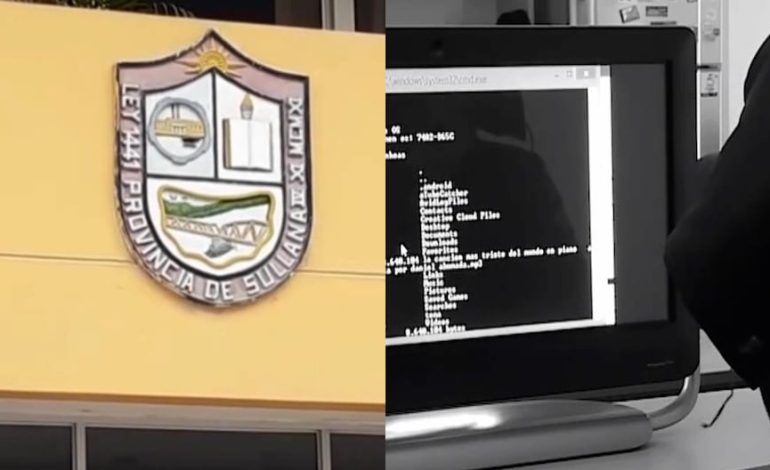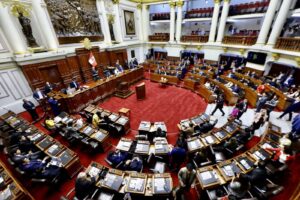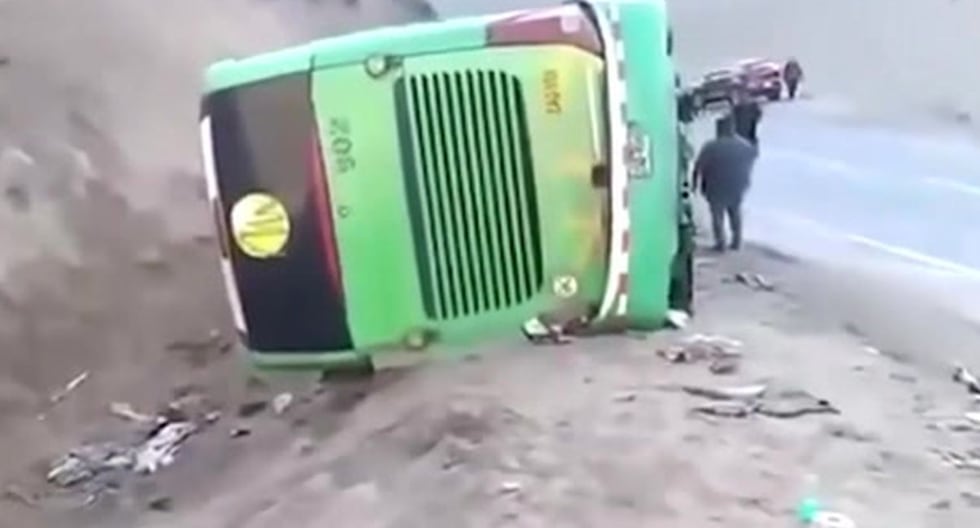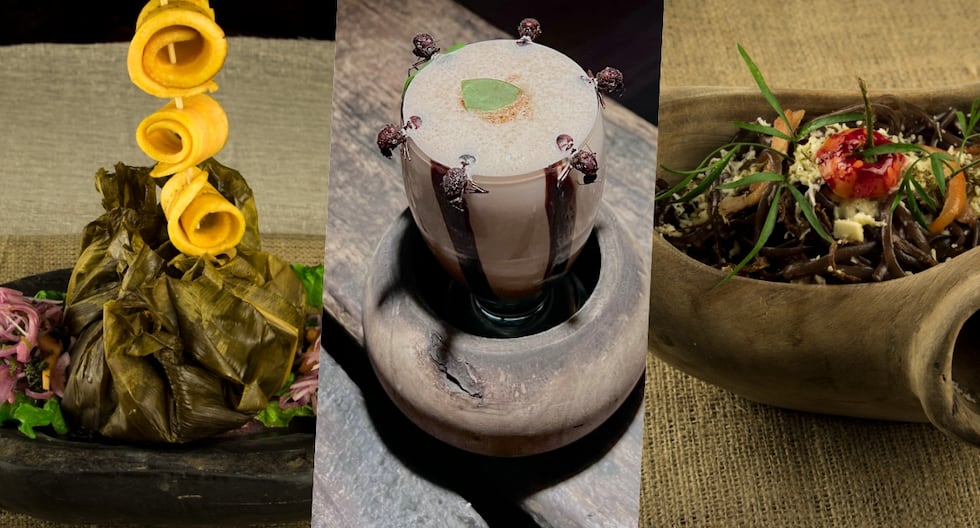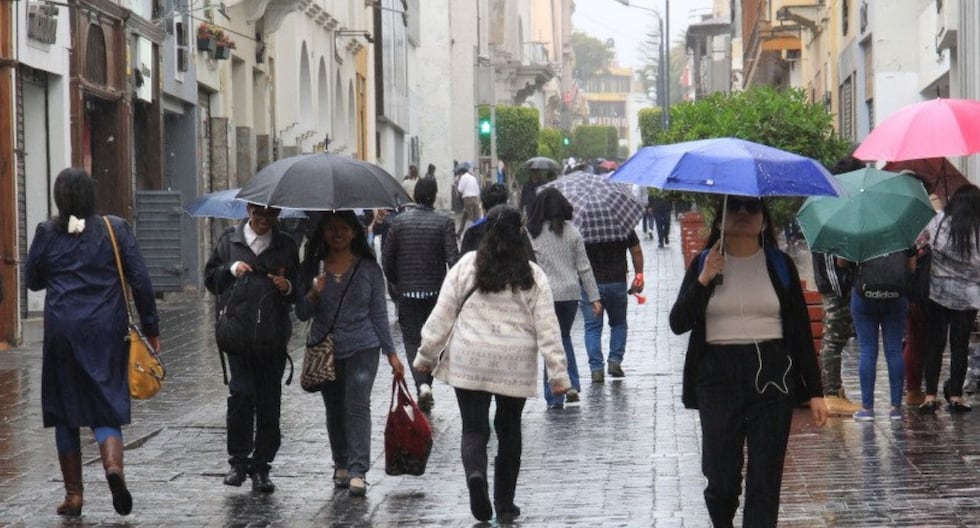The battle of Junín from the look of a hero who fought against the Spaniards | Junín Battle | war | holiday | August 6 | Independence | News | August 6 holiday | The battle of Junin | PERU – El diario andino
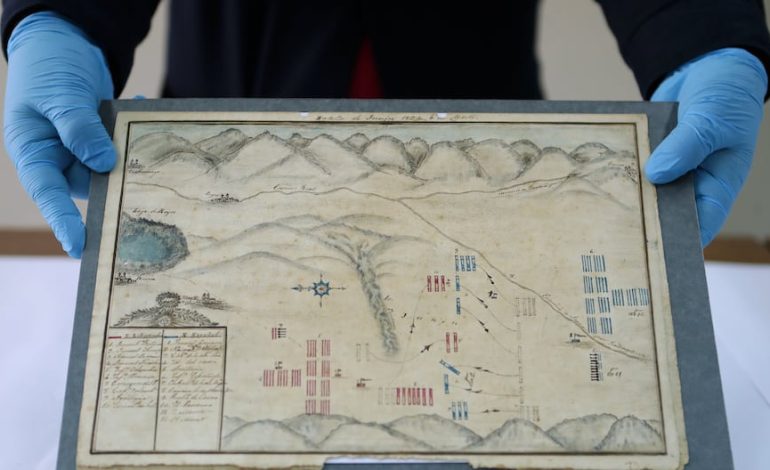
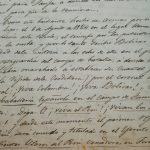
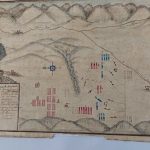
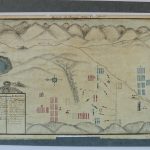
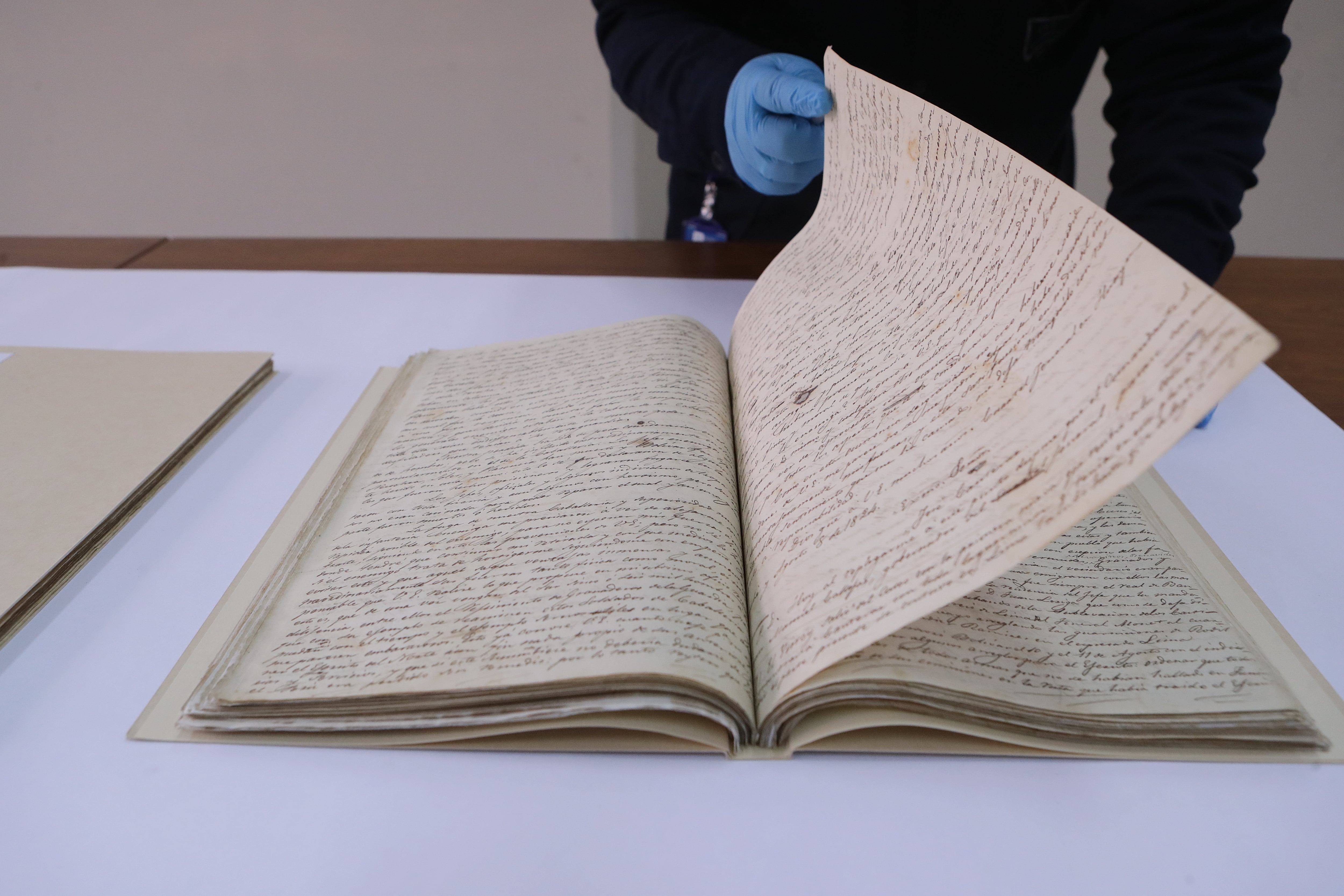
«As help from heaven, the first squad of the Peruvian regiment, led by his commander Don Isidoro Suárez (…) threw himself on the enemies that fought furious with his companions on his right, with whose operation they took them as an flank and rear (…); Thus, for this timely operation, The Spaniards were attacked by the front, by the right flank and in the back«, wrote Juan Basilio Cortegana (1801-1877).
Newsletter exclusive for subscribers
Appointment of Simón Bolívar’s reaction to the news of the victory in Junín. Photos: Alessandro Currarino /
/«Long live Peru! Long live the heroic Hussars of Junín!”He said Simón Bolívar After learning about the victory of the Liberating Army of Peru.
The facts of that transcendental day in the history of the country are embodied in the Cortegana manuscriptsnative of Celendín, that at 23 years he made up the Peruvian Legion of the Guard of the Liberating Army of Peru in the battles that sealed our independence in 1824: Junín and Ayacucho.
In addition to written testimony, Cortegana developed a map in which the location of the divisions faced and the development of the battle that we commemorate is appreciated.
Map of the Battle of Junín made by Juan Basilio Cortegana. Photos: Alessandro Currarino /
/«We see the positions of both contending armies: the patriotic divisions, painted red, and the realistic divisions, painted blue. We can see the displacements of the armies. The realistic divisions begin the attack and then the entrance of the division of Manuel Isidoro Suárez is given [Húsares del Perú] for the counter -order that José Andrés Rázuri gives. The patriot backup that results in the patriotic victory in Junín”, He explained Jorge Huamánhistorian and responsible for the old fund of the National Library of Peru (BNP)where manuscripts are protected.
The narratives of this and other historical events were registered by Cortegana in thirteen manuscript volumes that cover the history of Peru from the origins of the Incas until 1827. «They constitute the first great work in the history of Peru”Huamán said.
This invaluable material, which he wrote between 1848 and 1864, was declared Cultural Heritage of the Nation by the Ministry of Culture (MINCUL) in 2021. However, almost two centuries remained unpublished, since only extracts had been published in 1950 and 1974.
16 years, between 1848 and 1864, took the writing of manuscripts to Cortegana. Photos: Alessandro Currarino /
/«After his death, Cortegana’s daughter donated the manuscripts to the State at some point. It is known that until 1930 they were in the hands of historian Emilio Gutiérrez de Quintanilla. However, after the death of this they appeared in Argentina as part of the collection of President Agustín Pedro Justo. The manuscripts return to Peru in 1945, thanks to the work of Jorge Basadre to acquire books after the 1943 National Library fire″, Huamán explained.
Currently, they are preserved in the Old background of the headquarters of the BNP in San Borja. The 2023, after an exhaustive editing work, the BNP, in alliance with the BBVA Foundation, published ‘History of Peru‘Cortegana, a collection of five volumes prepared from the content of the thirteen manuscripts drafted by Cortegana.
Cortegana dedication to the Peruvian nation. Photos: Alessandro Currarino /
/Historians Carmen Mcevoy and Marcel Velásquez were in charge of the academic direction of the five volumes of ‘History of Peru’ of Cortegana that published the 2023 the BNP in alliance with the BBVA Foundation.
In dialogue with Commercethe historian described Cortegana as a ‘soldier chronicler’ who wrote «THE FIRST MILITARY HISTORY OF INDEPENDENCE”When writing about the decisive battles of Junín and Ayacucho in which he participated.
Read also: The impressive record of fines for speed of the bus company that left 4 dead in Lurín
«Cortegana manuscripts provide extremely detailed information that comes, neither more nor less, than a face -to -face witness of a historical moment like the battle of Junín. It is one the few chronicles written by a Peruvian so vivid, almost cinematographic ”Mcevoy highlighted.
The importance of the battle of Junín
Carmen Mcevoy, historian.
The battle of Junín, fought with a white weapon, is one of the bloodiest of independence and at the same time decisive in the framework of an arduous campaign whose greatest challenge was to confront an army already prepared an demonized geography. In the heart of the Peruvian Sierra, there is a brutal battle that will radically change the dynamics of war, giving Peruvians with the victory they demanded so much to strengthen the patriotic cause. Fight against realistic columns, well dressed and pertrecated, and that for the same time did not imagine the contract that is produced by the bold disobedience of a son of San Pedro de Lloc: Andrés Razuri.
Junín is the positive turn of a campaign that culminates in the quinoa pampas. Junín cannot be understood without a Piuran who does not know the orders of Simón Bolívar, because he understands what is at stake; and neither without the silent and little recognized work of the Huamachuquino José Faustino Sánchez Carrión, to whom we owe the logistics of that victory; And much less of the Celendino José Basilio Cortegana, who leaves us an electrifying story, that all Peruvian schoolchildren must read.
Who was the Cortegana hero?
Juan Basilio Cortegana He was born in 1801, in Celendín, Cajamarca. Being a teenager, he first enrolled in the realistic army. However, he decided to join the army of the Liberating Expedition, commanded by Don José de San Martín, in 1820. “Cortegana witnessed the Juuras of Independence in Trujillo (December 28, 1820) and Lima (July 28, 1821)”Mcevoy explained.
Engraving of Juan Basilio Cortegana. Photo: National Library of Peru.
As a member of the Peruvian Legion of the Guard, he participated in 1824 in the battles of Junín and Ayacucho under the orders of Generals José de la Mar and José María Plaza. «His patriotism and sense of military honor, which he expresses in his manuscripts, were strengthened by their incorporation into the Peruvian Legion of the Guard”Mcevoy said.
In that line, Huamán indicated that Cortegana is a hero of independence and described him as a «Father of the Homeland».
Jorge Huamán, historian and head of the Old Fund of the National Library of Peru (BNP) Photos: Alessandro Currarino /
/On the other hand, Mcevoy explained that Cortegana sought to claim the role of Peruvian soldiers. «One of its objectives was relieve the presence of Peruvian soldiers in the two decisive battles for independence: Junín and Ayacucho. Cortegana records the names and surnames of the participants in the battles. The subsequent celebration in the patriotic field excites, much more when, due to the debasement of politics, heroism is almost non -existent”He said.
Look too: «Peru, fine essence»: the letter that invites to rediscover the most traditional flavors and dishes in the country
On the other hand, Huamán said that Cortegana was appointed deputy in Congress between 1868 and 1871. During his parliamentary management, he managed to make his native Celendín recognized as a province in 1868.
Signature of Juan Basilio Cortegana. Photos: Alessandro Currarino /
/Likewise, Mcevoy highlighted the humanistic nature in Cortegana’s work and the importance he gave to role of women in the wars of independence.
«I am fascinated by the way Cortegana humanizes the war, giving it names and surnames, but in addition to noble feelings. This occurs with endearing stories such as that of Rabona Huamachuquina Jacinta Patriotísima, which cooks for the troop in Junín and Ayacucho without receiving any state compensation”, Highlights.“Anyone who intends to make a social history of war in Peru is obliged to read this great Celendino”, He says.



